Dental Impressions
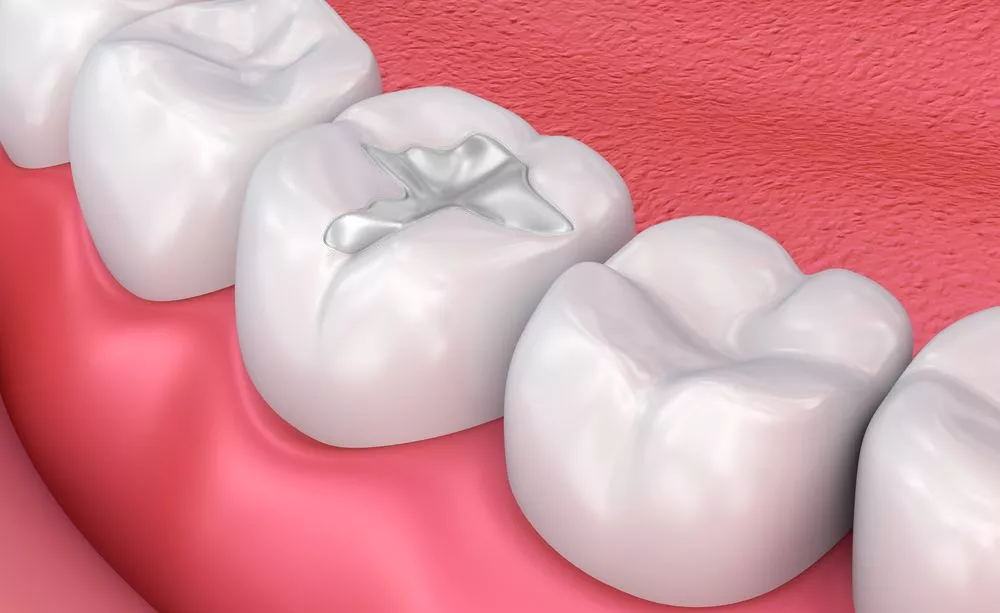
Has your dentist mentioned that you need dental impressions, but you aren’t sure what that means? This post will cover all you need to know about dental impressions.
Dental impressions are three-dimensional imprints of your dental structure (the teeth and mouth cavity.) They are a preliminary step to developing numerous dental products and services. For dentists and orthodontists, they are necessary to ensure a perfect result when providing their patients with the final product. The impressions form a mold similar to your teeth so that the treatment feels natural and does not affect the soft tissues.
Why Are Dental Impressions Taken?
During a dental visit, (name) will use a dental impression of your teeth to create the perfect crown or bridge. The impression is taken to introduce a restoration into your mouth and ensure the repair fits correctly and doesn’t irritate your sensitive soft tissue.
Types of Dental Impressions
- Preliminary Impressions – They are exact replicas of a patient’s mouth and are used for diagnosis, documentation of dental arches, and educational purposes.
Final Impressions – These impressions capture all the details of the tooth anatomy and the surrounding tissues. They are used to make precise molds of the tooth structures and the tissues that surround them. Dental lab technicians use these impressions to create crowns, bridges, dentures, and other vital devices.
Bite Registrations – They record the occlusal relationship between the arches, which is crucial for articulating maxillary and mandibular castings.
What are dental impressions used for?
Dental impressions are used for many dental processes, including dental crowns, implants, bridges, mouth appliances, dentures, and limited orthodontics. Scenarios where dental impressions are necessary, are as follows:
- To develop a personalized mouthguard
- To make a partial or complete denture that can be
- removed
- To examine the connection between your jaws.
- To build or repair bridges or dentures
- To make custom-made whitening trays
- To fabricate dental appliances
- To create a conventional dental crown
How are Dental Impressions Made?
Traditional impressions: The dentist selects a horseshoe tray that fits the patient’s teeth and fills it with an FDA-approved jelly material. A thick liquid solution, like alginate or polyvinyl siloxane, is dispensed into the tray to generate a dental impression. The imprint is left in the patient’s mouth for about three minutes for the impression to be created. When this process is completed, it solidifies and forms a teeth mold.
Digital impressions: The traditional approach can deliver a slight difference in the results of the conventional approach. However, cosmetic dentistry advancements have led to digital dental imprints’ development. The dentist uses safe picture technology to capture a detailed 3D color image of a patient’s smile in as little as 30 seconds. Once the scan is completed, the dentists can get an accurate 3D representation of the patient’s mouth.
“In our office, we’ve invested in newer technology for our patients, giving them access to the best digital scanning equipment available in dentistry.”
Is the Dental Implant Impression Procedure Painful?
The impression process is not painful. However, the dental impression material can sometimes trigger a gag reflex. Your clinician will choose an appropriately sized impression tray to help make the process as comfortable as possible.
Things To Keep in Mind
The taste of the alginate material and the possibility of triggering your gag reflex are the only two things that might make you uncomfortable while getting a dental imprint. It is normal to be concerned about your gag reflex when receiving an impression; however, there are a few tips you can try to help mitigate some of the discomforts. Sitting up during the procedure and carefully breathing through your nose can be very beneficial.
Final thought
Choose Umut Dental Clinic Antalya when you need accurate dental impressions. With a full line of materials, we have what you need for dental impressions. To help minimize remakes and increase dental impression costs, we also offer helpful tools and tips to help you achieve accurate dental impressions. Click here to book your next appointment today.


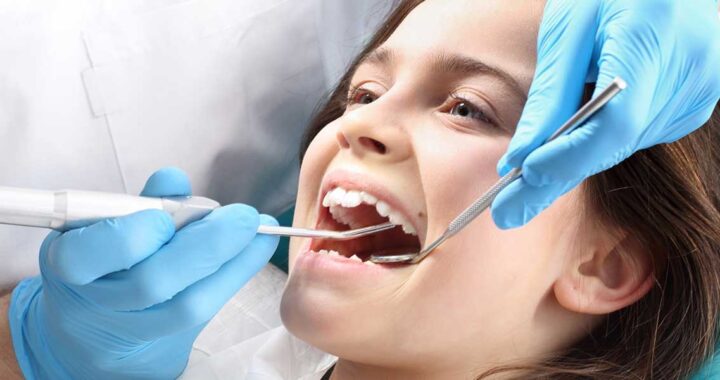 Understanding the Revolution in Dentistry: Dental Implants
Understanding the Revolution in Dentistry: Dental Implants 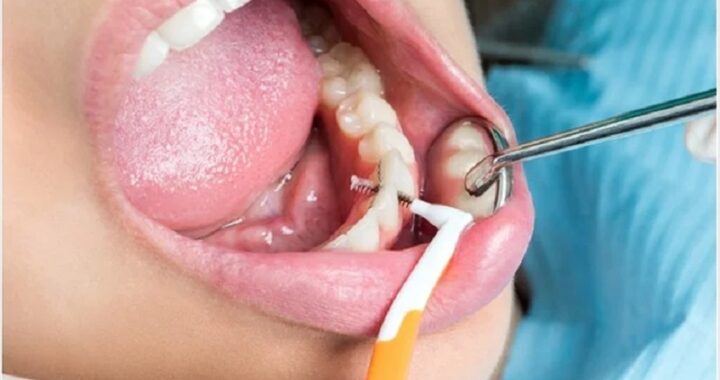 Transforming Smiles Discreetly with Invisalign in Leicester
Transforming Smiles Discreetly with Invisalign in Leicester 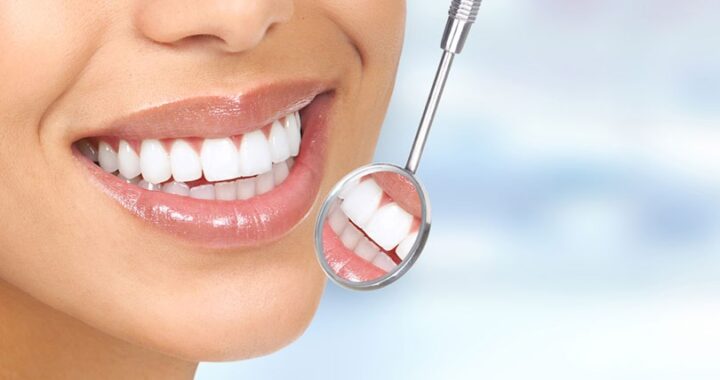 Tips for Choosing the Right Dentist Near Coorparoo
Tips for Choosing the Right Dentist Near Coorparoo 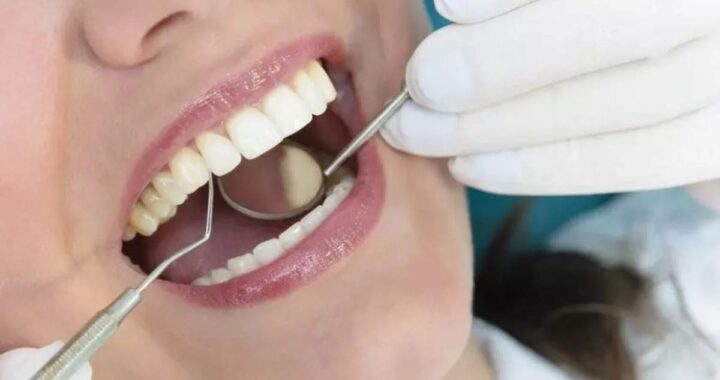 The Role of Your Local Dentist in Navan for Oral Health
The Role of Your Local Dentist in Navan for Oral Health  The Role of Specialised Clinics in Managing Long Covid Symptoms in London
The Role of Specialised Clinics in Managing Long Covid Symptoms in London  The Revolution of Botox in Cosmetic Dentistry: A Case Study of Tunbridge Wells
The Revolution of Botox in Cosmetic Dentistry: A Case Study of Tunbridge Wells 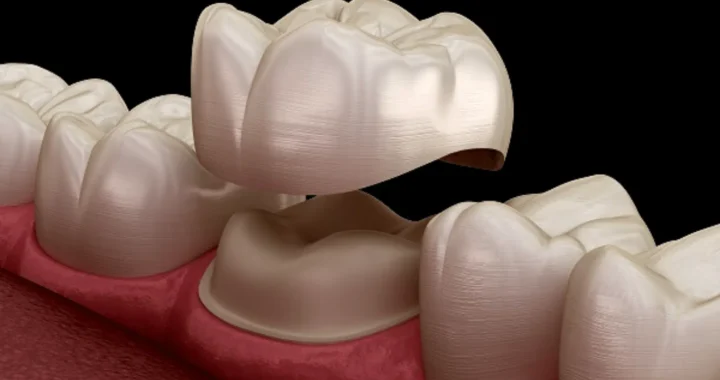 Dental Crowns –Restoring Strength, Function, And Aesthetics.
Dental Crowns –Restoring Strength, Function, And Aesthetics.  One-Person Wonder: Making Waves in the Massage Industry in Gunma
One-Person Wonder: Making Waves in the Massage Industry in Gunma  How Cataract Surgery in Nashville Improves Vision and Quality of Life
How Cataract Surgery in Nashville Improves Vision and Quality of Life 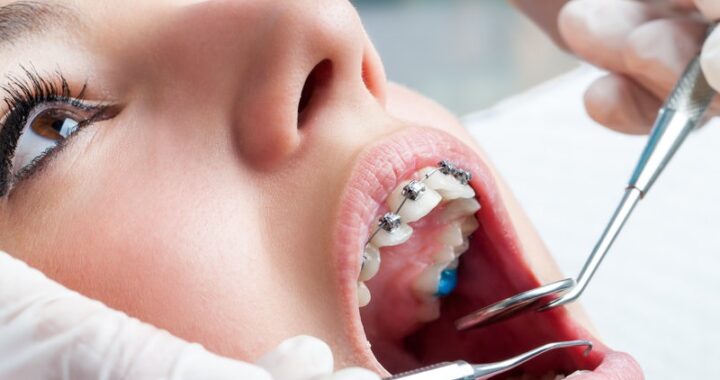 Veneers: A Popular Cosmetic Solution for a Beautiful Smile in London
Veneers: A Popular Cosmetic Solution for a Beautiful Smile in London